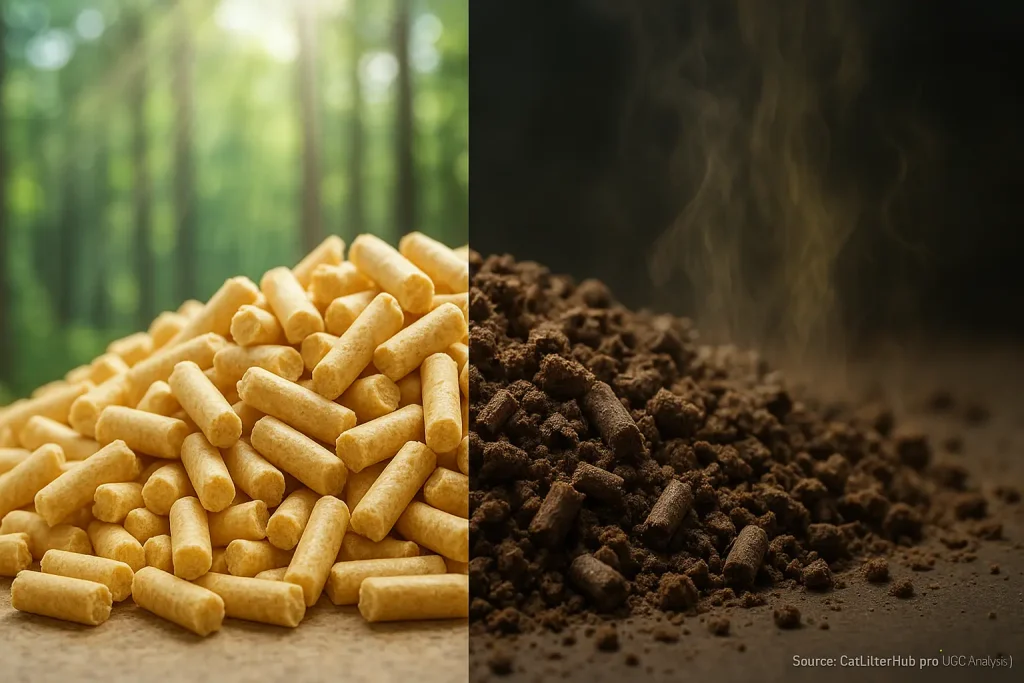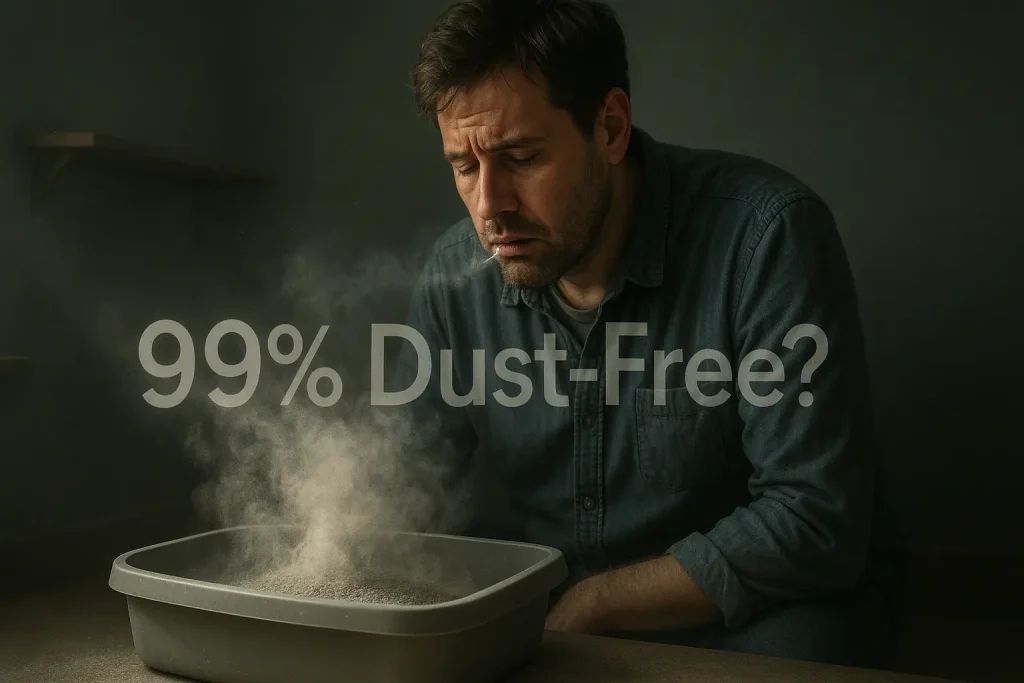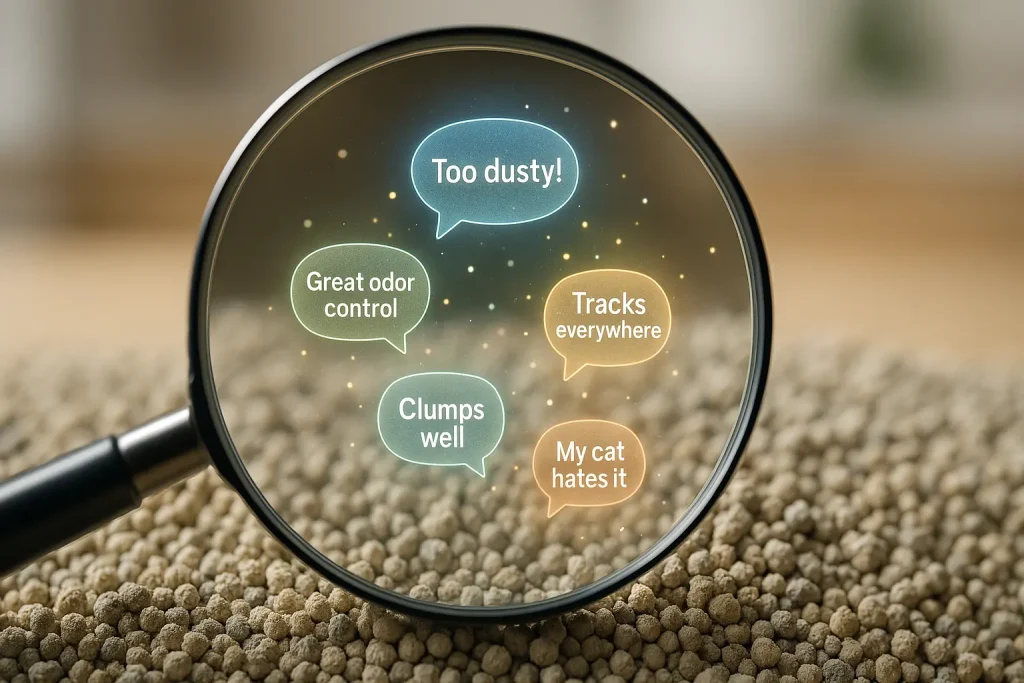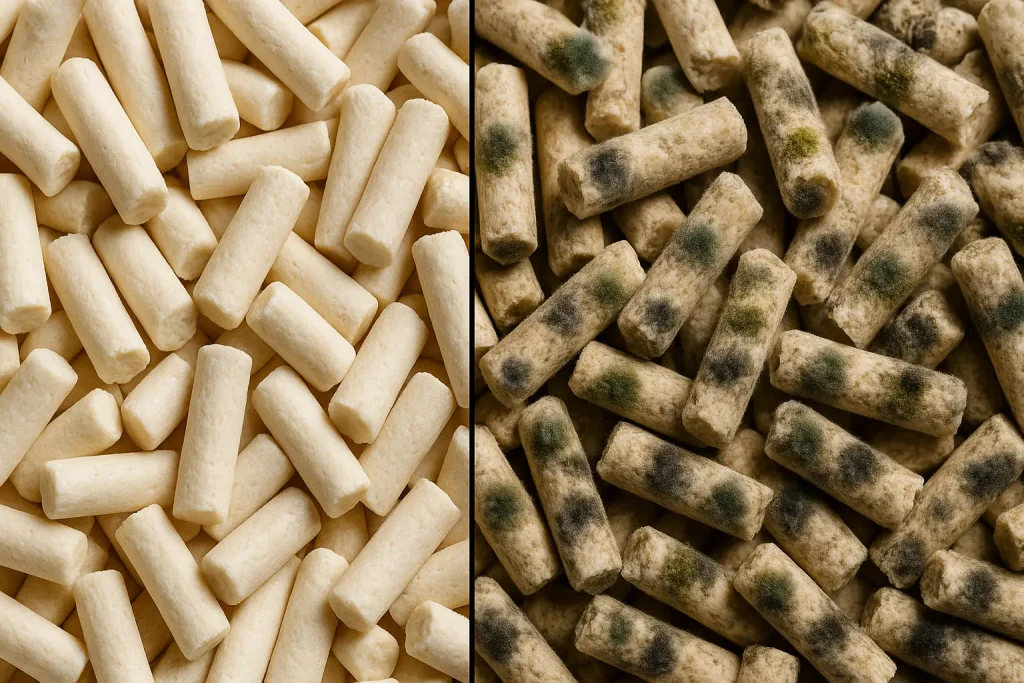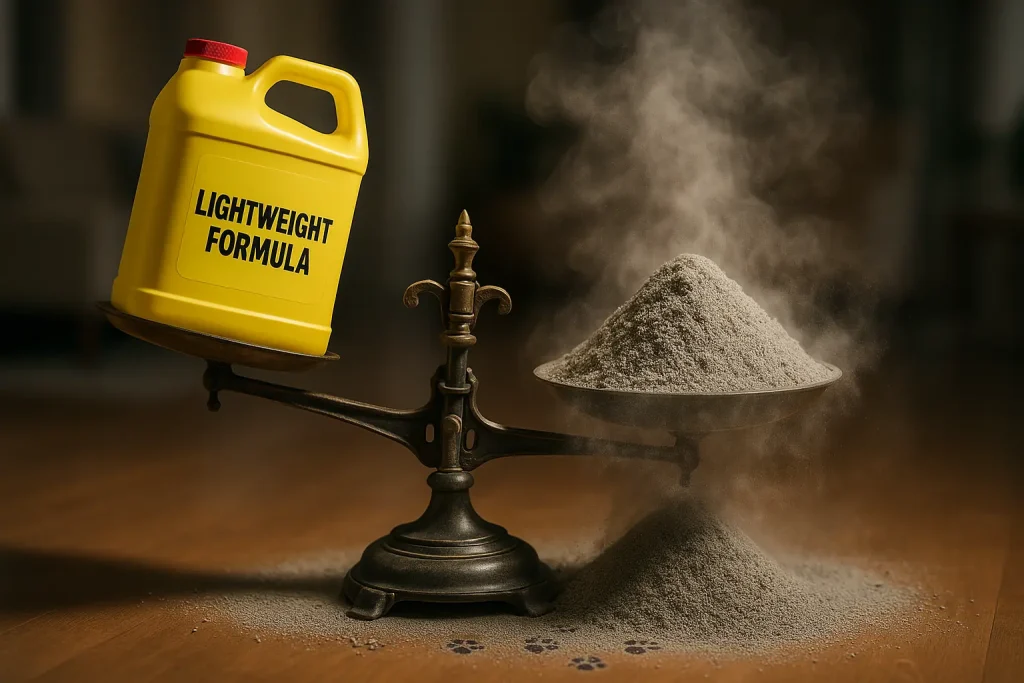The Great Cat Excavation: Why the Litter Box Becomes a Dig Site
Ever watch your cat dig in the litter box like they're searching for buried treasure, sending litter flying? You're not alone. Many owners report felines turning 'potty time' into an archaeological dig. This behavior fascinates. It also frustrates many.
This energetic digging often goes beyond merely covering their business. Feline instincts run deep. User forums fill with questions about these enthusiastic excavations. Why so much effort? It's a common puzzle.
We call this the "Great Cat Excavation" mystery. Cats have their reasons. Cat Litter Hub explores these reasons, using insights from thousands of user experiences. We analyze community discussions. Patterns emerge from the feedback.
Understanding why helps. Knowing your cat's digging motives can guide better litter choices. It can improve their litter box satisfaction. Happy cat, happy home. Let's explore what real owners discovered.
Unearthing the Instincts: Why Cats REALLY Dig So Much (UGC Insights)
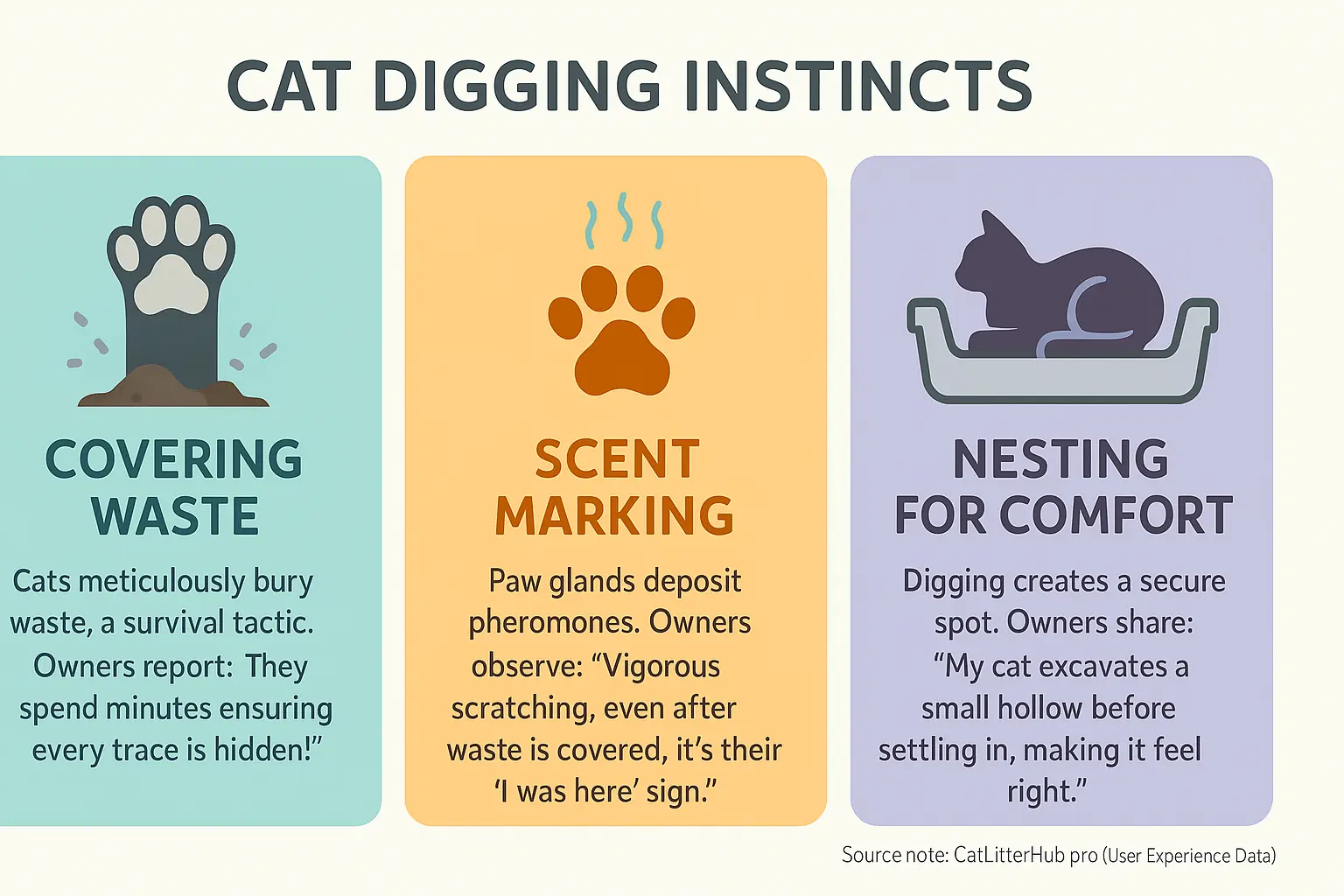
Survival instincts often explain feline digging. Cats possess a deep-seated need to cover their waste. This behavior, inherited from wild ancestors, helped avoid attracting predators. Many cat owners observe their companions meticulously burying evidence after using the litter box. Imagine their wild cousins: every covered scent reduced danger. This careful concealment is a powerful, primal drive.
Digging also performs another vital feline function: territorial marking. Cats have scent glands located in their paws. When your cat vigorously scratches the litter or the box sides, they are not just being tidy. Countless forum posts describe this intense scratching, sometimes long after waste is covered. This behavior deposits their unique scent. It is their personal, olfactory signature. A tiny "I was here" for other felines, or even just for themselves.
Comfort seeking further explains some digging behaviors. Cats naturally desire a secure, clean spot for elimination. Ever watch your cat excavate a specific hollow before settling down? Users frequently report this "nesting" activity. This careful preparation suggests they are creating an ideal comfort zone. It is about making the space just right. This satisfies a fundamental need for security and personal preference.
Beyond core instincts, other factors influence digging. Some cats, especially kittens, engage the litter with playful curiosity. Owners often share stories of their felines treating the box like a personal sandbox, joyfully batting litter around. This is pure exploration. For other cats, digging can serve as a stress-relieving activity. A sudden increase in frantic excavation might indicate underlying anxiety, as many community members have noted.
"My Cat's an Archaeologist!" When Digging Goes Extreme (User Stories & What They Mean)
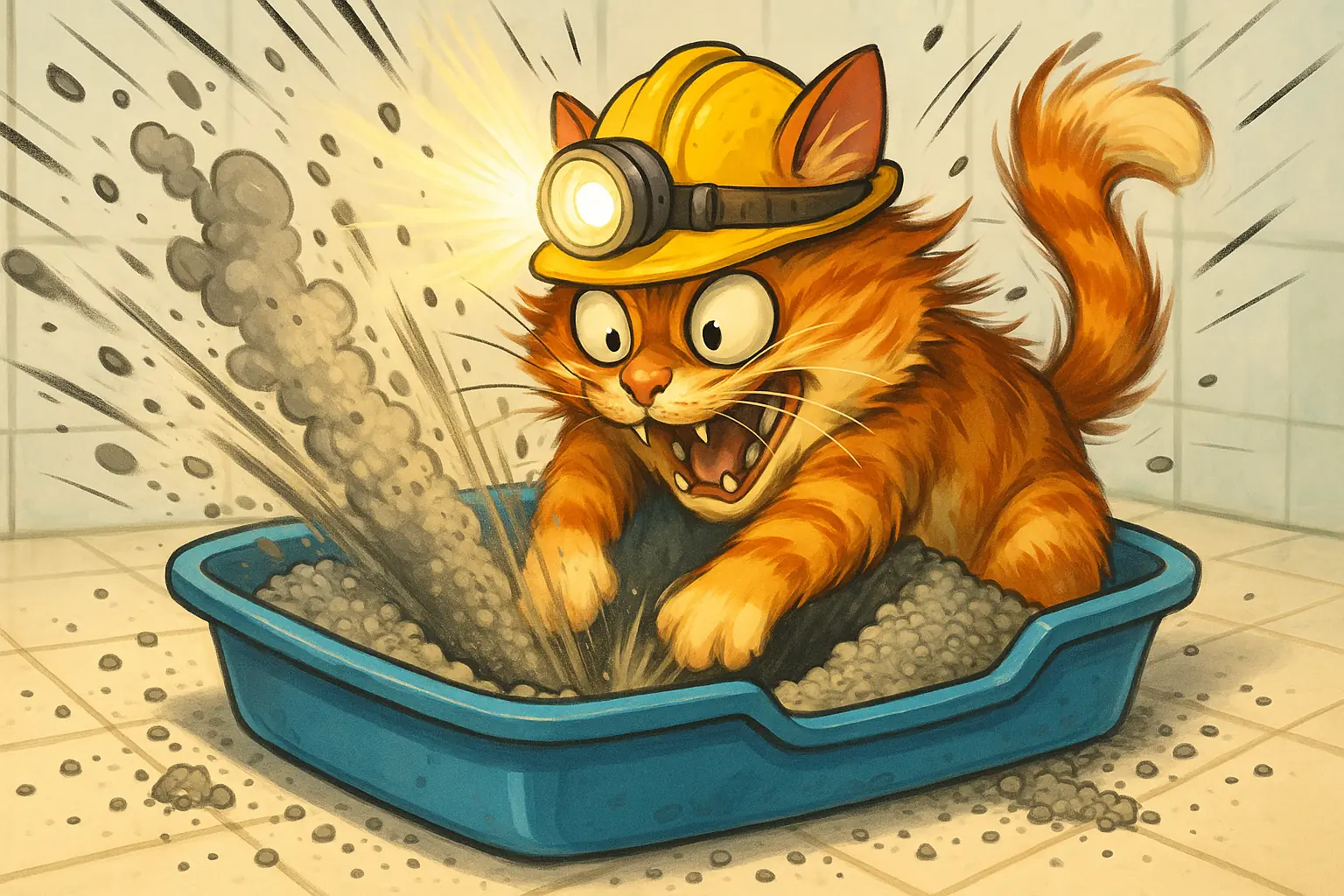
Some cats give a polite flick or two. Others? They dig like they are trying to reach the Earth's core. These are the "archaeologist cats," a term of endearment we have seen in countless user reports. Their dedication to excavation is legendary in online cat communities.
Many owners describe felines who transform litter boxes into personal quarries. Imagine your cat, a furry little backhoe, sending granules flying with impressive zeal. "Litter everywhere!" is a constant refrain in user discussions. We have seen reports of owners finding litter in adjacent rooms, a testament to their cat's vigorous digging efforts. This creates a daily cleaning challenge for these dedicated pet parents.
Then there is the meticulous artist, another character frequently appearing in user anecdotes. This cat might spend five full minutes excavating. Every single particle seemingly undergoes inspection and careful rearrangement. After all that effort, some owners report their cat then perches precariously on the box edge, barely using the meticulously prepared spot. The logic? Purely feline.
So, what does this intense digging signify? A common theme in user discussions points to a spectrum of reasons. Sometimes, it is simply a cat expressing strong natural instincts. However, a shift to sudden, frantic digging can cause owner concern. Numerous experiences shared by cat parents suggest this change might indicate boredom or stress. Other times, dissatisfaction with the litter's texture or the box's cleanliness could be the culprit, a subtle protest discovered through trial and error. And, of course, some cats are just wonderfully quirky individuals with a passion for digging.
The Litter Link: How Material, Texture & Depth Fuel (or Frustrate) the Dig
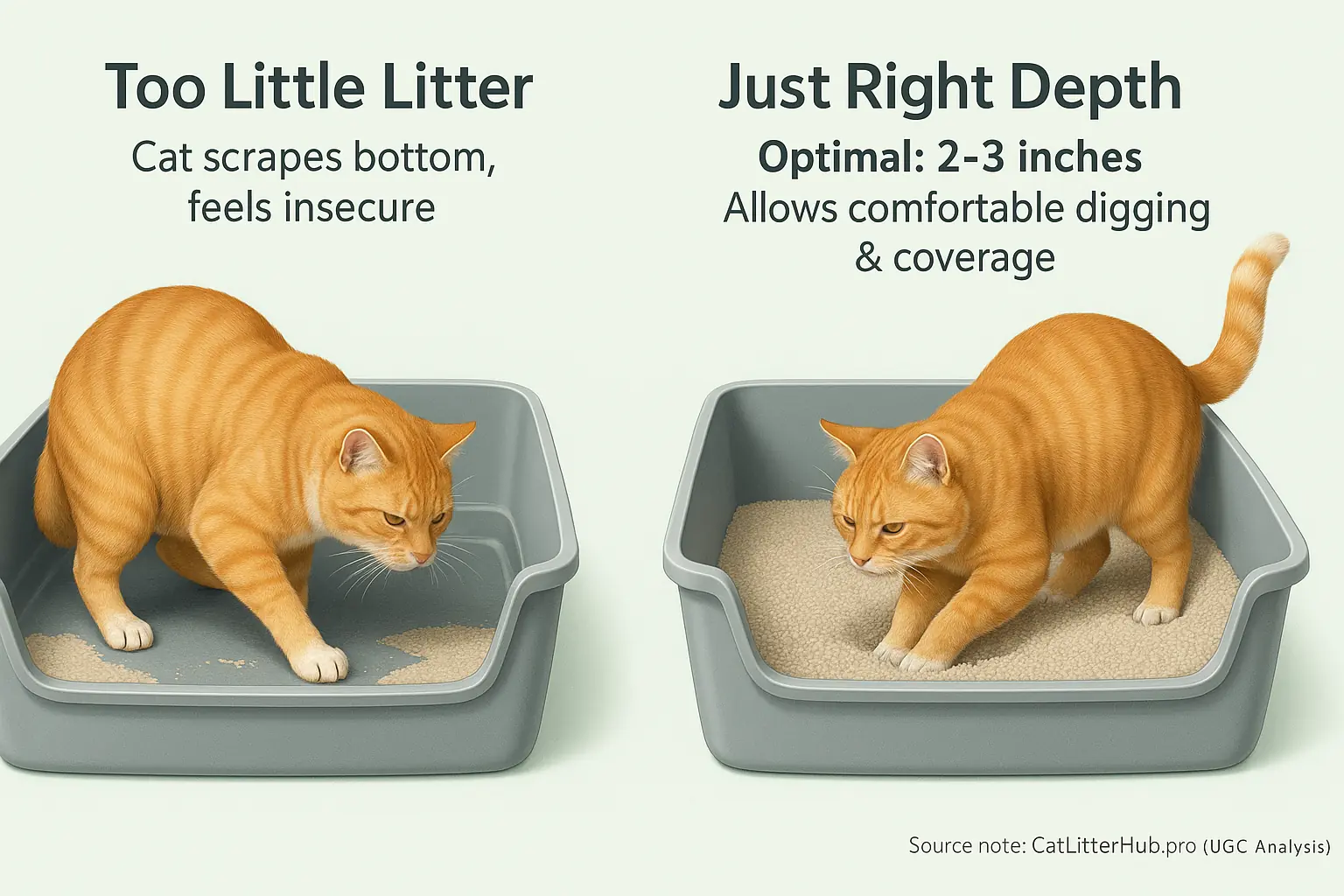
Litter texture profoundly influences your cat's digging joy. Cats often adore fine, sand-like litters. These textures mimic their natural toileting spots. "My fussy Persian now digs for ages!" many users exclaim about switching to softer types. Conversely, large pellets or sharp silica crystals can frustrate feline paws. Some cats simply refuse to dig in them. Cat Litter Hub's extensive analysis of user feedback confirms this strong preference for finer materials.
Litter depth presents another critical factor for digging satisfaction. Too little litter? Cat owners frequently report frustrated felines scraping the pan's bottom. Too much? The litter box becomes an unstable, messy digging pit. Users have discovered a "Goldilocks" depth. This sweet spot, according to widespread owner experience, is typically two to three inches. Achieving this balance maximizes digging comfort. It also minimizes waste. This is not just a guess; it is a consistent finding from thousands of shared experiences.
The litter's material itself affects the digging aftermath. Enthusiastic diggers meet lightweight litters. The result? Litter often flies further. Many users share tales of expanded cleanup zones with lighter options, such as certain corn or paper products. Heavier clay litters, while sometimes dustier, often stay more contained during vigorous digging. This trade-off, lightness versus tidiness, frequently appears in owner discussions. Your cat's digging style might guide your material choice here.
Choosing the Right Litter for Your Feline Digger (UGC-Approved Picks & Tips)
So, your cat's a champion digger. How do you pick a litter that satisfies their urge without turning your house into a sandbox? Many cat owners find heavier litters crucial for enthusiastic diggers. These litters, users say, tend to stay in the box better. Lightweight formulas often fly everywhere with vigorous digging activity.
A good clumping ability becomes very important with digging cats. Users consistently report this finding. Strong clumps contain waste effectively. This helps even if your cat thoroughly rearranges the entire litter bed. Based on a consensus from digging cat owners, this feature minimizes daily scooping struggles and mess.
The real challenge? Finding that perfect balance. Litters that are very satisfying for deep digging instincts can create more mess. Think of very fine-grained textures or some lighter natural litters. While options like pine or paper might appeal to a cat's desire to dig, numerous reviews highlight increased tracking if your feline is an excavator. Owners constantly weigh their cat's digging joy against their own tolerance for cleanup.
Here's a tip many experienced owners swear by. A high-quality, heavy clumping clay often provides the best balance for diggers. It is satisfying for cats to dig. The clumps generally stay put. Plus, this type of litter is less likely to fly everywhere. This choice, many find, helps manage the common dig-versus-mess dilemma effectively.
Beyond Just Litter: Box Setup & Other Tips for Managing the Digging Dynamo
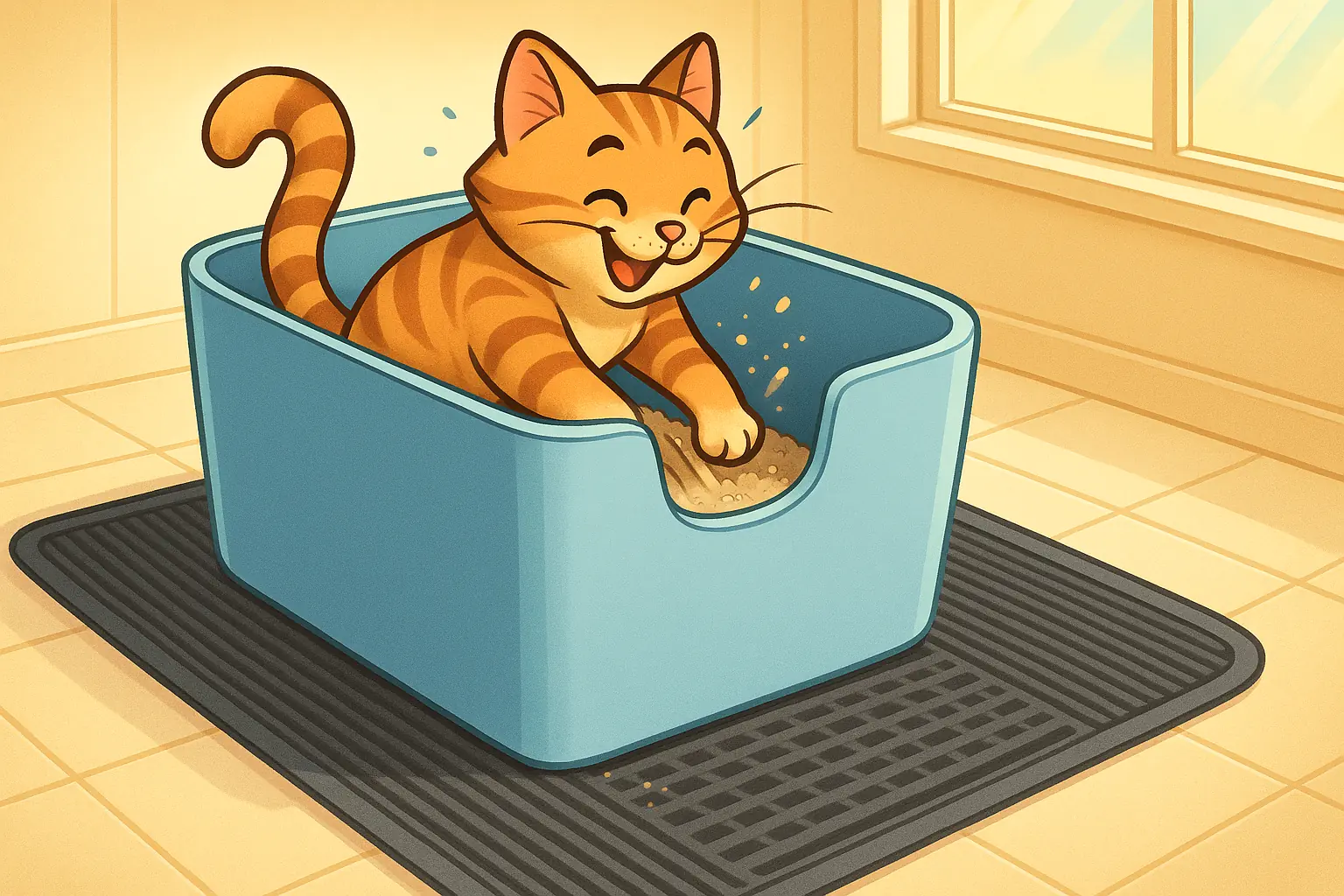
Choosing the right litter is only half the battle against digging mess. Your litter box setup plays a massive role. Many cat owners with enthusiastic diggers find high-sided litter boxes essential. Some even swear by top-entry boxes. These designs significantly contain the kicked-out litter, according to countless user reports.
Effective litter mats are another community-approved tool. A large, textured mat placed strategically outside the box traps stray granules. Users consistently report less tracking around the house. This simple addition makes a big difference. It’s a small investment for a cleaner floor.
Understanding your cat's behavior is also key. Digging is a deeply ingrained feline instinct. Punishing this natural action is counterproductive. It often leads to anxiety, not a solution. Instead, the collective wisdom of cat parents suggests focusing on smart management and providing appropriate digging outlets elsewhere if possible.
Creative containment solutions often surface in owner discussions. Here's a gem. A surprising number of users fortify the dig zone effectively. They place the standard litter box inside a larger, shallow plastic bin. Think under-bed storage container. This creates a highly effective 'moat' catching most flung litter. Problem solved.


